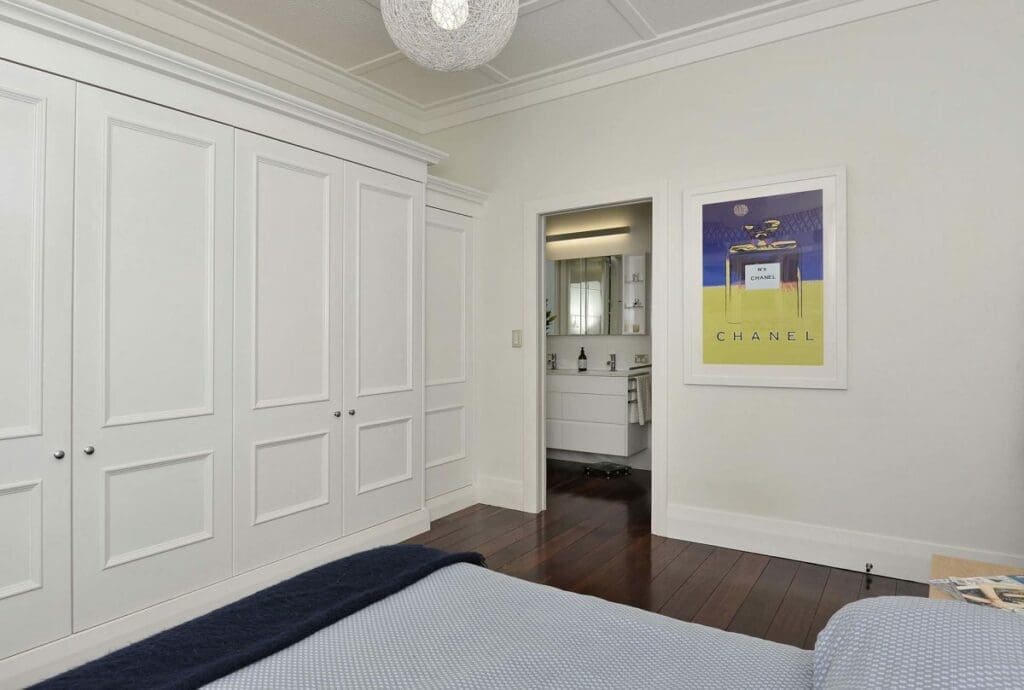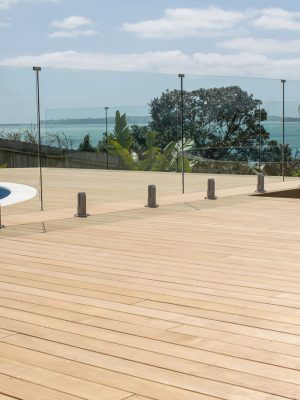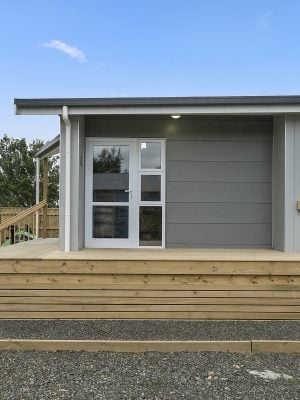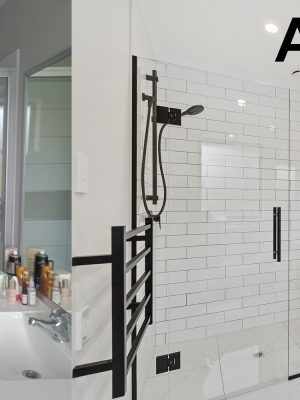We all know the cost of living in New Zealand has skyrocketed recently, so now is as good a time as any to watch your budget. However, watching your bank account doesn’t have to mean hitting pause on your grand renovation plans. You can still increase the value of your home with a few simple renos, even on a tight budget. Read on for some cost-cutting tips which will help you stay one step ahead and still ensure a good return on your investment.
Firstly, your reno costs are determined by the scale of works so planning is key. Set aside a contingency of at least 15 per cent of your budget for hidden costs, such as consultants or hiring specialist equipment.
When money is tight, you should definitely pay a professional for big jobs. While it may seem more expensive, you’ll be covered by their contract if there are any unexpected mishaps. Plus there is less likelihood of costly mishaps when you skip the DIY and hire a professional. Be sure to get a minimum of three quotes per job, so you can compare cost and timeline options.
Try to think long-term – consider how much you will save in the long run rather than in the moment, considering all the materials and alternative options available to ensure you’re getting the best deal. Your builder will have advice on where it’s wise to spend or save by using cheaper options. You could also repurpose or refurbish furniture to save money.


Kitchen and bathroom
If you have a limited budget, consider which of your wet rooms is more important to you. If you spend a lot of time in your kitchen, it is worth investing as much as possible to make it as functional and durable as possible. Focus on the layout – really consider how you use your kitchen.
If you are big on cooking and baking, get good appliances. If not, you could save money on appliances and invest more in your bench top or a statement splashback. Horizontal surfaces are the hardest workers in your kitchen, so invest wisely – whether solid surface, engineered stone or a laminate, make sure it’s resistant to scratches, stains, and heat. To freshen up cabinetry, you can either replace doors and drawer fronts, or apply a lick of paint and upgrade the handles.
Like your kitchen, bathroom renovations can be costly. However, you can save a ton of cash simply by keeping all your fixtures in the same place, so you keep using the existing plumbing. Focus instead on upgrading your fittings, so they’re more functional and aesthetically appealing.
Create more living space
If your living space is small and you want the illusion of a larger, brighter area, ensure it has plenty of light – either windows, skylights or even lamps. It also helps to avoid furniture that sits low to the ground to give a sense of more space. A large rug, which sits under all your furniture, can also give the room a sense of space, while pulling together all the elements to make it feel more cohesive.
Another way to increase your living area is to invest in the quality and design of your outdoor entertaining spaces. With soft furnishings, protection from the elements, and even a fireplace, heater, or roller screens, it’s easy to get year-round enjoyment out of patios and decks.
Flexibility is key for a good outdoor entertaining space. Bean bags, smaller chairs, lighting, and side tables can all make reconfiguring your outdoor living room easier. A built-in bench with storage can stow away extra throws or cushions to keep your space tidy in between gatherings.


You can never have too much storage
If your home doesn’t have enough storage, it’s always a good thing to add in – buyers almost always pay attention to things like this!
Rather than paying for bespoke interior fittings, you can simply add custom doors to kitset wardrobes, cupboards, and pantries to make them look more expensive. Kitchen cabinetry can be taken up to the ceiling to maximise storage, and island benches can also be used for their storage potential.
Look for unused, dead spaces in your home and add storage there – for example, if there are stairs with a cavity underneath, install shelving and a door or drawers. Floating shelves are a great, visually light option for bathrooms and laundries, especially if they’re small rooms. In the garage, add a cupboard for sports gear, and plastic storage tubs with fitting lids for items which need to stay dry and clean.
As a general guide, if you are on a tight budget, don’t try to do everything at once. Instead, focus on cosmetic fixes for quick wins with big impact and spend your money in the rooms where you spend the most time – minimum spend for maximum enjoyment!
Talk to your NZCB builder about your next idea and the best way to get value for money.
To find a nearby NZCB builder to help you with your plans, use the Find A Builder search function on www.nzcb.nz
Photography : courtesy of 360 Project Management & Construction Consulting






